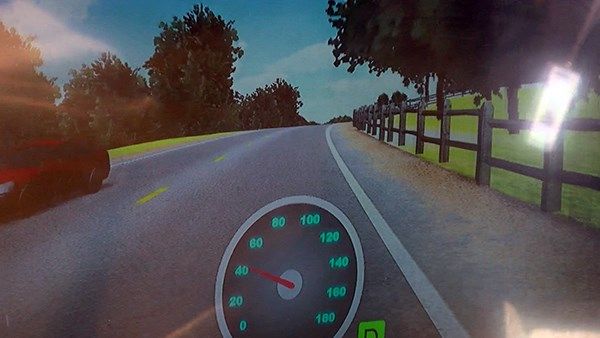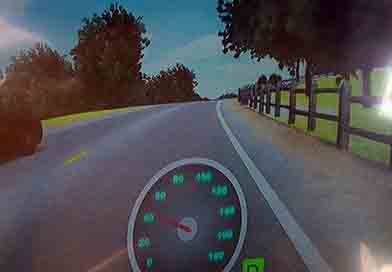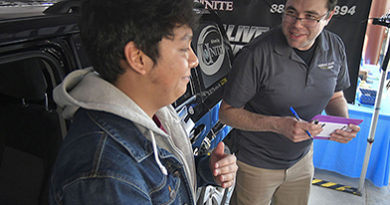Texting And Driving Simulator Teaches High School Students In Louisiana
The dangers of distracted driving and impaired driving were the focal points for students in Louisiana, as UNITE Corporation’s Arrive Alive Tour brought their texting and driving simulator to Central High. Texting while driving is a hot button issue right now, so putting students into a controlled environment is key to honestly seeing how dangerous it is to use their phone while behind the wheel.

Texting and Driving Simulator Program
With the simulator on campus, the students at Central High were able to get behind the wheel of an actual vehicle and see how well their texting and driving skills are. Many people believe they are good at multitasking or good at sending a quick text while driving. However, our road crew was able to show these students that is not the case.
Mallory Mckenzie, a facilitator for the Arrive Alive Tour, said, “We do have the gas, the brake, and the steering, the actual Jeep, the actual steering wheel in their hands, so I feel it’s a little more impactful than when they’re getting a pamphlet handed to them or someone telling them these things could happen.”

Two Options
While texting and driving is a major issue in the country, drinking and driving remains a major issue also. Because of that, the Arrive Alive Tour has two simulator options available. The participants can either focus on the texting while driving part, where they are using their actual phone to send text messages. Or they can do the impaired driving part. This is where the simulator impairs their driving, so it gives the visuals of being drunk without actually drinking.
Texting and Driving Facts
Still don’t think texting while driving is dangerous? Check out these distracted driving facts from the National Safety Council:
- Texting while driving is six times more likely to cause a crash than drinking and driving
- Of all teen drivers involved in fatal crashes, 21 percent were distracted by their cellphones




You must log in to post a comment.